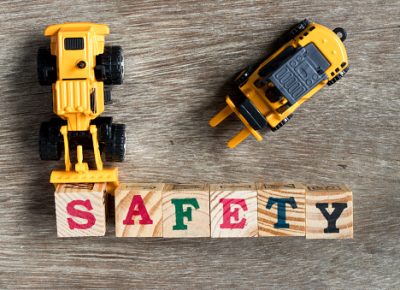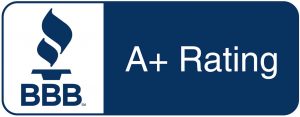2018 Holiday Toy Safety

In 2017, U.S. consumers spent nearly $20 billion dollars on toys with a projected increase in toy sales for 2018. The news is great for the industry, but the problem is that many of the toys are not tested for safety.
Each year, US Public Interest Research Group (U.S. PIRG) publishes a report called Trouble in Toyland. This report identifies toys that could cause potential safety hazards for children. This year’s findings include toxic slime, not including choking warnings, and data mining from smart toys.
The most significant findings from the report include:
Toxic Slime: Slime, a popular (albeit messy) toy for kids contain levels of boron that are 15 times higher than the level recommended for safety. The EPA reports that ingesting boron can cause nausea, vomiting, rash and seizures.
Missing Choking Warnings: Balloons are the number one cause of suffocation death in children. After U.S. PIRG searched five pages for balloons on Amazon, there were no choking labels on 87 percent of the the latex balloons marketed to children. This is a violation of the law.
Smart Toys Can Be TOO Smart: Did you know that smart toys, websites and apps are collecting personal data on your children? Big names like VTech and Amazon are collecting data on without parental consent.
How Can You Keep Your Kids Safe?
As you shop for kids this holiday season, here is a safety checklist to keep with you.
Toys with sound: If the sound is too loud for you, it is too loud for your child. The sound level on a child’s toy has the potential to damage your child’s hearing. Make sure you test the sound level before you make a purchase.
Ingredients: Make sure you read all labels on the back of toys. Some contain dangerous ingredients or chemicals that could make your child very sick if ingested.
Toys with small parts: A perfect way to test if a toy’s parts are too small is with a toilet paper roll. If the smaller parts fit through it, they present a possible choking hazard for your young child.
Smart Toys: Smart toys, websites and apps could potentially be collecting private data about your child. You should always monitor any date requested from your child, and be sure to evaluate privacy policies before use.
Makeup: There is not a lot of regulation on “children’s makeup” because it is not considered a toy. You might want to steer clear of this as a gift for a child.
Previously owned or older toys: Be sure to check if the product has been recalled in order to ensure safety.
Don’t forget, the age limits on toys are there for a reason. Use common sense when purchasing toys, read all reviews and buy reputable brands. Here’s to a safe and festive holiday season!




